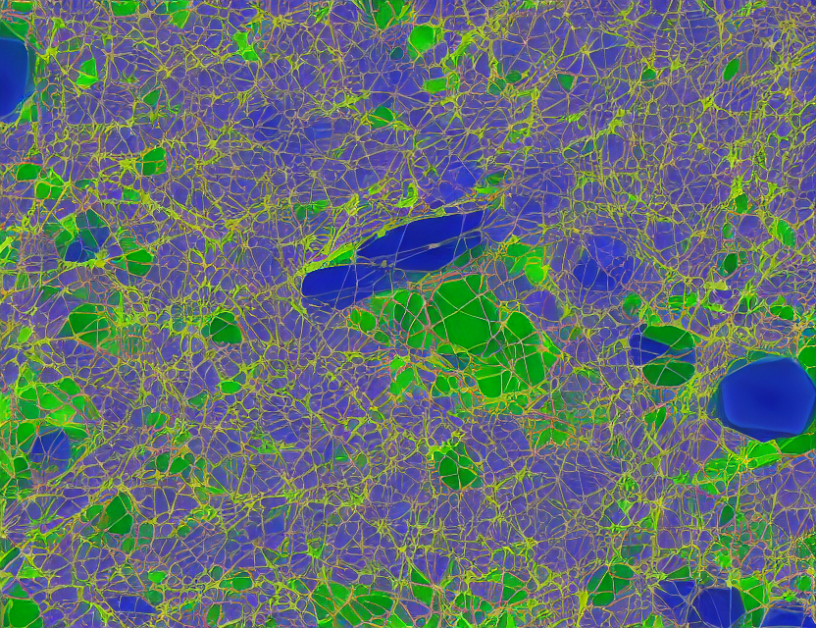In this paper, the authors propose a novel approach to generating images from text descriptions using graph neural networks (GNNs). GNNs are a type of machine learning model that can process and generate graphs, which are useful for representing complex data such as time of day, weather conditions, and relationships. By combining GNNs with text-to-image synthesis models, the authors aim to create more accurate and detailed images from text descriptions.
The paper begins by explaining that traditional text-to-image synthesis models rely on locality information, which means they can only generate images based on what is explicitly provided in the text. However, this approach has limitations, as it cannot capture abstract concepts or relationships mentioned in the text. To overcome these limitations, the authors propose using GNNs to integrate additional semantic information into the image generation process.
The authors explain that GNNs can be used to generate graphs that represent the relationships between different elements in an image. These graphs can then be processed by a GNN to introduce more abstract information into the image generation process. By combining these two approaches, the authors aim to create images that are more detailed and accurate than those generated by traditional text-to-image synthesis models.
The authors demonstrate the effectiveness of their approach using several experiments. In one experiment, they show that their model can generate realistic images of urban scenes based on text descriptions. They also compare their model to other state-of-the-art text-to-image synthesis models and show that it outperforms them in terms of image quality.
Overall, the authors’ proposed approach has the potential to revolutionize training methodologies and decision-making processes across various domains by enabling the generation of realistic images from simulations. They argue that their approach could be used for a wide range of applications, including data augmentation, image completion, style transfer, and resolution enhancement.
In conclusion, the authors’ proposed approach to text-to-image synthesis using GNNs offers a promising solution for generating more accurate and detailed images from text descriptions. By integrating semantic information into the image generation process, their approach has the potential to revolutionize various domains.
Computer Science, Computer Vision and Pattern Recognition
Generating Large Datasets for Deep Learning Models with Efficient Conditional Image Synthesis



